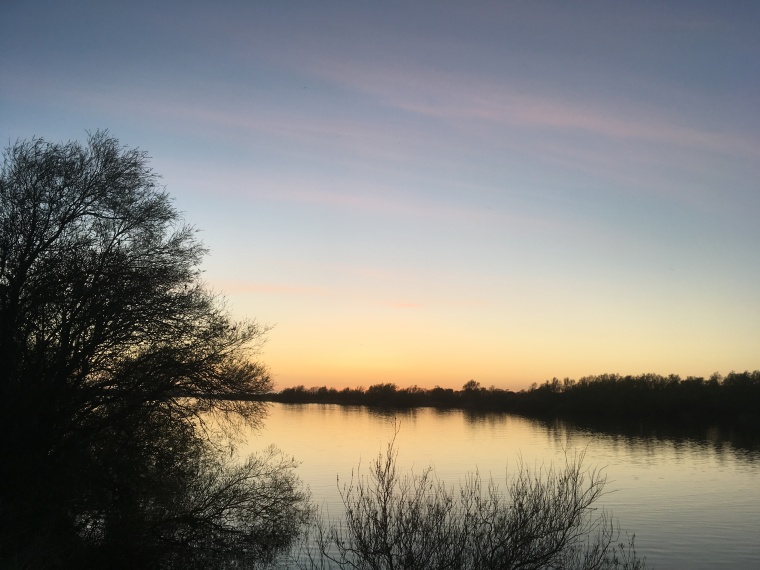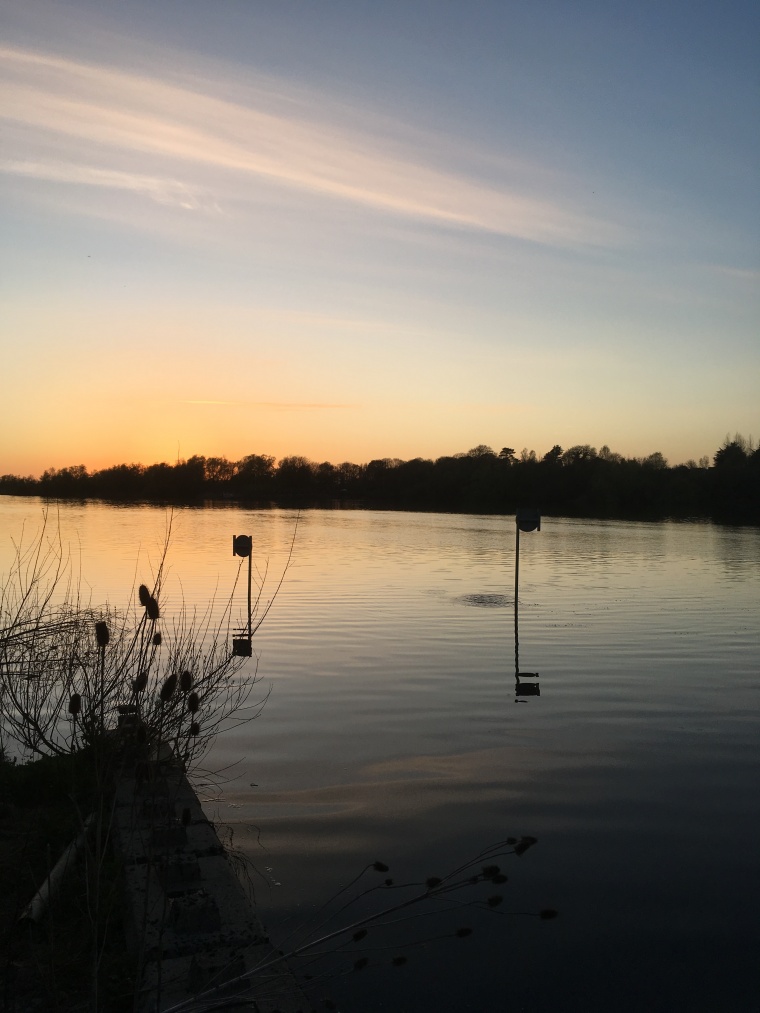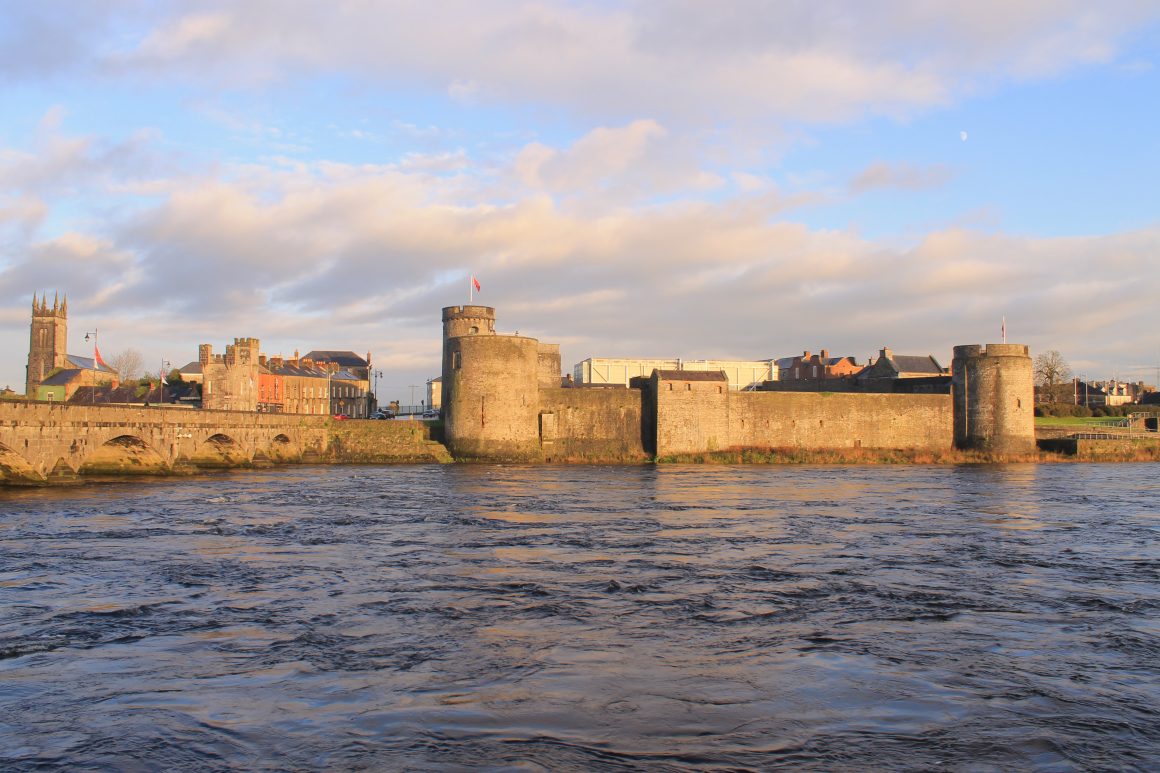A perennial issue for Limerick city is how to interact with the Shannon river in a way that protects the river, promotes healthy and safe activities and also protects the city from the risk of flooding that the Shannon presents. While on the face of it these may seem like competing challenges, they also present an extraordinary opportunity for the city. Rather than trying to work out how these interests compete, we should work towards seeing how they can complement each other. Limerick city could be a city with a riverside park running right through it, from Parteen, along the Longpavement, by the Sandy Bank in Corbally, by Clondrinagh and Mungret on the south of the river and by Westfields, Clonmacken and Coonagh on the west of the river. This would be an ambitious plan, but we are an ambitious city and we are able to realise such a project.
In some respects we can learn from approaches taken in other countries. In Australia, for example, the following is given as the various parkland functions that must be considered during all stages of parkland provision include:
- Sport and recreation: providing for a range of formal (organised sport and structured activity) and informal (exercise, play and socialising) recreation activities;
- Culture and heritage: preserving places with significant heritage or cultural connections;
- Environmental conservation: protecting wildlife habitat and maintaining ecological linkages;
- Landscape and buffer zones: enhancing the visual appeal of urban landscapes, providing green buffers and softening of the built environment;
- Physical linkages: linking larger areas of open space, natural features and community facilities through walkable corridors and greenways;
- Environmental quality: ameliorating the impact of urban heat island effect and improving air quality; and
- Water quality: filtering stormwater and run-off and providing buffer zones for watercourses and wetlands.
Each of the above can be achieved in Limerick, and we can have a city that grows to be the modern city we want Limerick to be. In it is clear that the bigger you want a city to be, the more important the places you don’t build on become. Limerick city is envisaged to grow to between 200,000 and 300,000 people in the coming years. Such growth would radically transform the city but if we are to achieve it, we need to think coherently about how we will structure such growth and what amenities we will provide. The bigger the population, the greater the risk for urban sprawl, for encroachment on green spaces, for exhausting the already existing services. As well as planning where to build, the city needs to decide where it won’t build, and how it will build in a sustainable fashion. These concerns must be addressed if we are to avoid the mistakes that were made in previous developments of Limerick city.

Limerick city council are to be commended for the ongoing works they have undertaken to improve the footpaths, cycle paths and walkways by the river. The path connecting the city to the University of Limerick and the improvements to the parklands at Westfields have opened these routes to everyone from Limerick to enjoy. These walkways also remind us just how beautiful the river running through Limerick, and the habitats along the riverbank are. When we see these developments it’s hard not to envisage a time when the river and riverbanks from Ardnacrusha to Mungret and Coonagh will all be connected by parkland, with walkways and cyclepaths for everyone to enjoy. However, for this parkland to become a reality, we need the same leadership the city council has shown to date to develop a plan to achieve this goal.
This parkland would have the twin benefit of allowing for periodic flooding of the river without risking property damage and expensive flood defences. We should develop parkland that can be flooded as necessary, to prevent flooding at areas of the city where housing and commercial stock already exists. The city, and the river in general, has become more prone to flood events, as we deal with decades of poor management verging on systemic neglect. Such parkland has been successfully developed elsewhere and provides both an amenity for the city and a bulwark against devastating, periodic flooding.

Individual plans that can be integrated into a coherent whole should be developed for each stretch of the river. The council have delivered, and are delivering, on excellent amenities in Mungret, in addition to the works carried out by the Park Canal and works on Westfields to date.
With this in goal in mind, it is crucial that the proposed housing development in Clonmacken does not occur. As a stand alone development it is further urban sprawl on the edge of a special area of conservation. It is on a site that has already partially flooded in recent years, and it is not suitable for housing in any form. The city council could use this land to facilitate an expansion of westfields park. The city has made great leaps forward in the last number of years and we should be ambitious for what we can achieve as a city. By adopting a long term project to develop a riverside park that stretches for miles either side of the city we would be creating something unique for the city, and something that all Limerick people could enjoy. We would also be future proofing ourselves against the risks of flooding. There are significant benefits to the city from developing a park in a manner that were in to flood it need not be devastating. The Trust for Public Land in America has been working on these solutions and have shown the benefits to cities who adopt this approach.
We can envisage a Limerick city where the river and parkland are blended into the city, where the beauty of the river could be enjoyed by all. Where a runner or walker, couples and families could enjoy the extraordinary beauty at our doorstep. We can plan for a future where tourists coming into the city could enter beside miles of riverside parks, where people could cycle with ease from the city centre to Bunratty and onwards towards the Burren and the Cliffs of Moher, and out towards the estuary and Kerry on the other. We have the ability to achieve this, our city council have shown they can deliver on high level park projects. We need the leadership to see how a city, riverside and river can blend into a coherent ecosystem.


This could be such an amazing amenity to have in Limerick, akin to the Turia River Bed park in Valencia – facilitating flooding if needed, but a huge recreational area of city inhabitants and visitors. Limerick can often be overlooked by visitors to the region in favour of areas closer to hiking destinations, or cycle routes- so why develop the city itself to cater for the residents and visitors. https://www.metropolismag.com/cities/landscape/how-valencia-turned-crisis-river-into-park/
LikeLiked by 1 person
This is a great piece and a great vision. Would you mind if we reblogged it?
LikeLike
Absolutely feel free to use it however you want, I think it’s an important conversation to have.
LikeLiked by 1 person
Thanks you. It’s up there now 🙂
LikeLike
Reblogged this on An Taisce Limerick and commented:
We are inspired by this vision by local blogger Hlymrekr. Limerick could be the envy of European cities if we carefully plan the development around the Shannon River. Sadly, that does not seem to be happening.
LikeLike